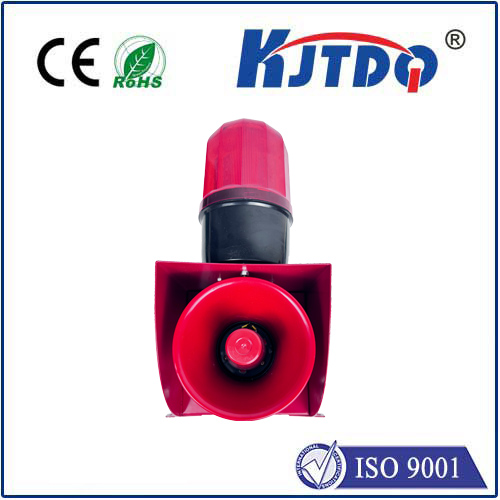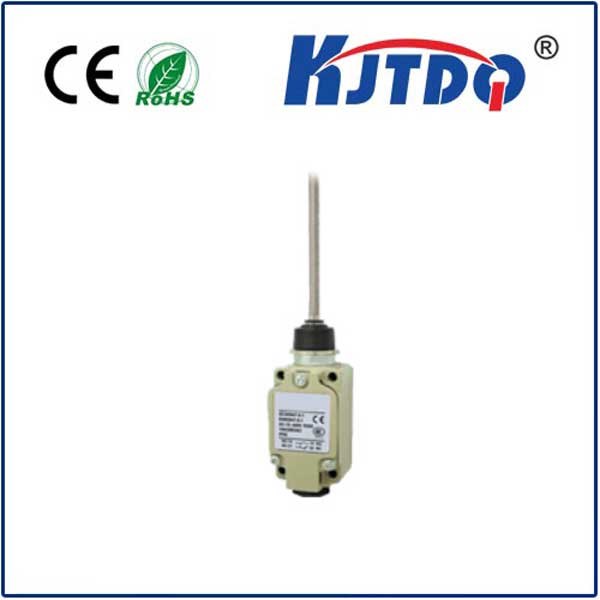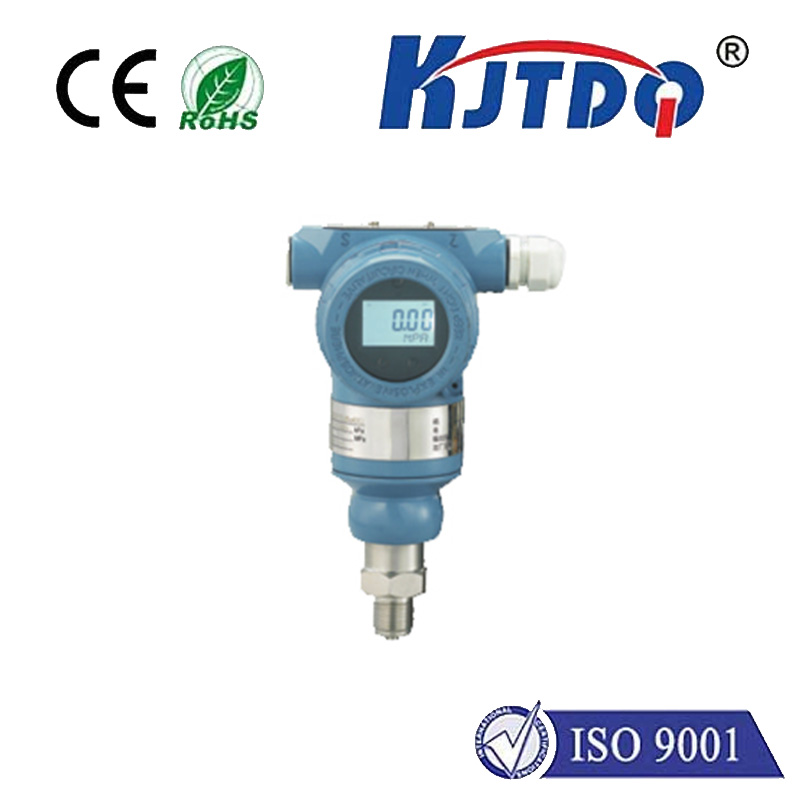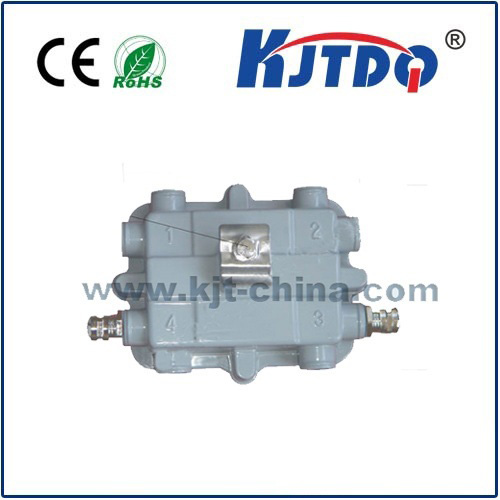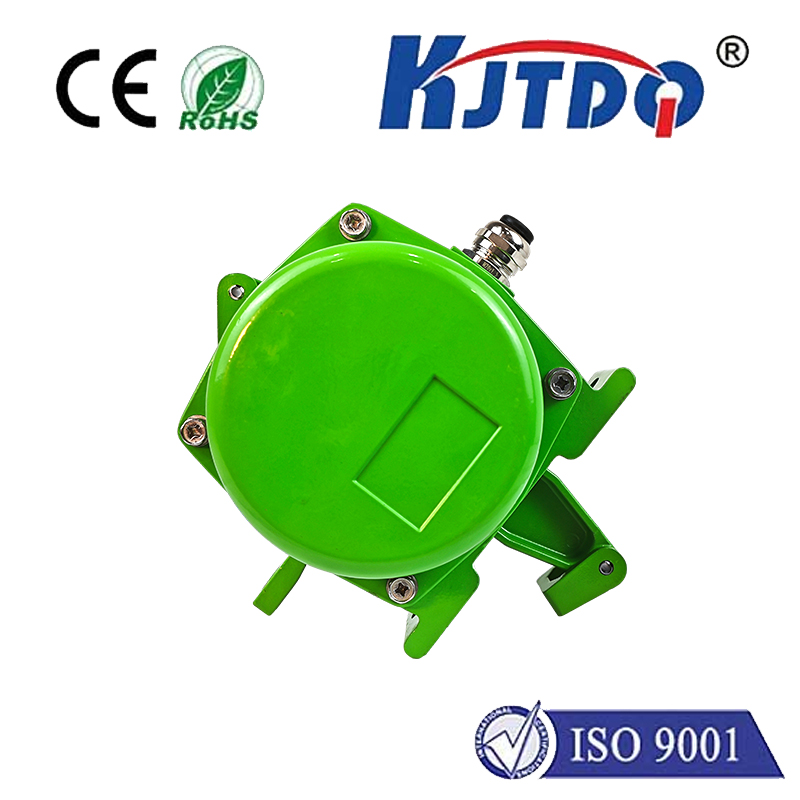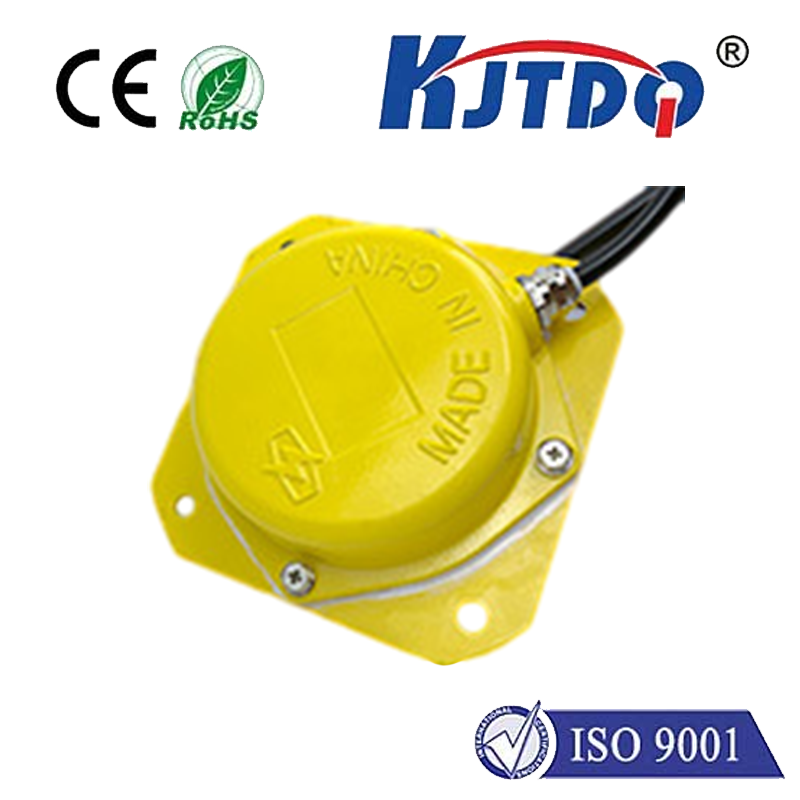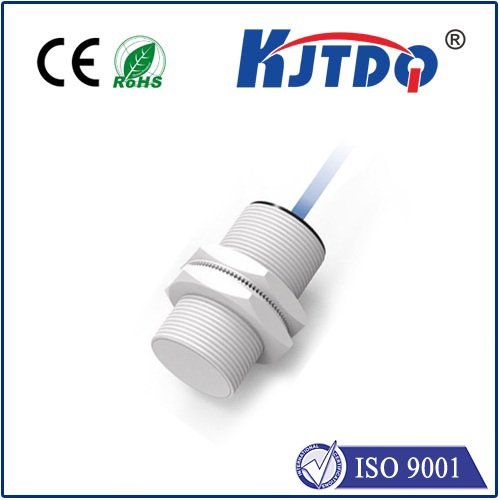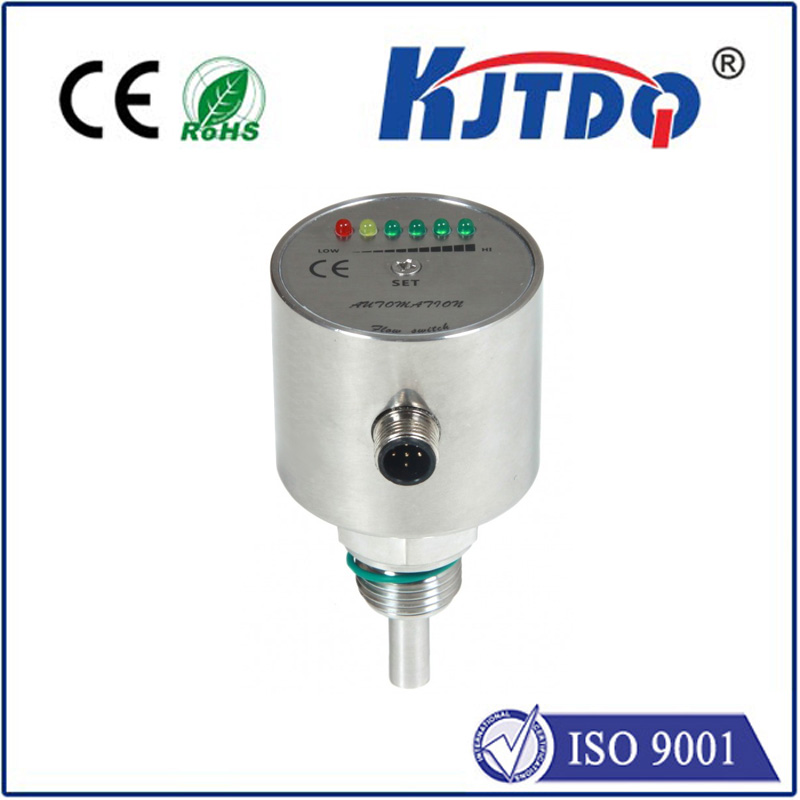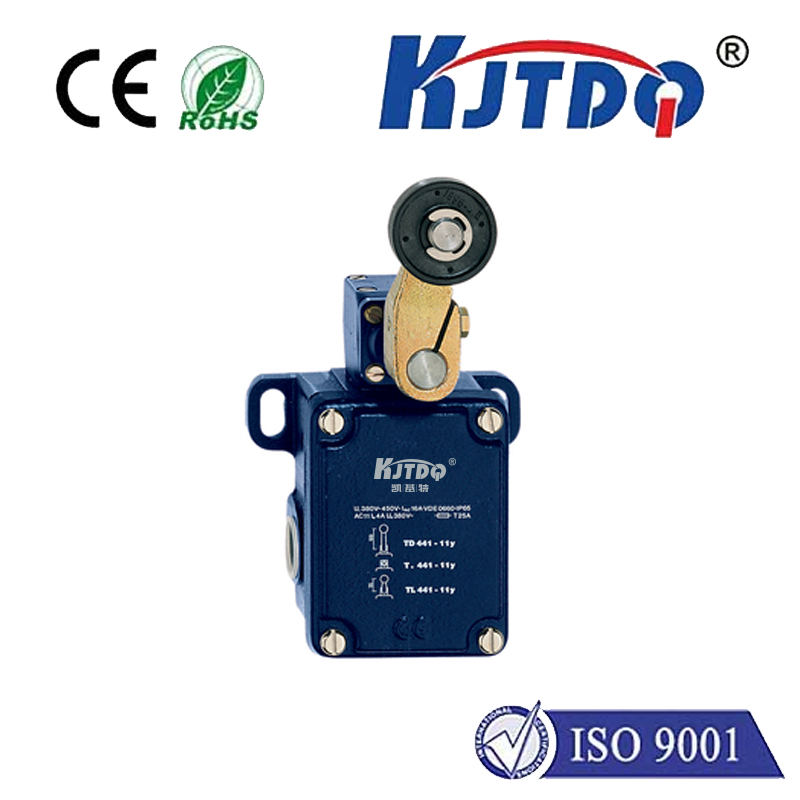
check

check

check

check
Introduction:
In an era where technology is advancing at a rapid pace, new innovations are constantly emerging to improve various aspects of our lives. One such breakthrough is the development of inductive type sensors, which have the potential to revolutionize industries ranging from healthcare to manufacturing. These sensor devices utilize electromagnetic induction to measure and transmit data, providing accurate and reliable information in real-time. This article explores the transformative impact of inductive type sensors, their applications, and the benefits they offer.
Body:
I. Understanding Induction Type Sensors
A. Definition and Working Principles
B. Types of Inductive Type Sensors
1. Transducer Sensors
2. Current Sensors
3. Position Sensors
C. Advantages of Inductive Type Sensors
II. Applications of Inductive Type Sensors
A. Industrial Automation and Control Systems
1. Factory Production Lines
2. Material Handling Systems
B. Medical Technology
1. Biomedical Devices
2. Medical Imaging
C. Transportation Industry
1. Automotive Applications
2. Railway System Monitoring
D. Environmental Monitoring and Sensing
1. Air Quality Sensors
2. Water Level Sensors
E. Other Relevant Fields
1. Home Appliances
2. Security Systems
3. Gaming Devices
IV. Benefits Offered by Inductive Type Sensors
A. Increased Efficiency and Productivity
B. Improved Data Integrity and Accuracy
C. Reduced Maintenance Costs and Downtime
D. Enhanced User Experience and Connectivity
V. Challenges and Future Developments in Inductive Type Sensors
A. Technical Issues and Limitations
B. Cost and Energy Consumption Concerns
C. Market Competition and Innovation Strategies
1. Integration with Artificial Intelligence and Machine Learning Technologies
2. Development of Smaller, Lighter, and More Affordable Sensors
Conclusion:
